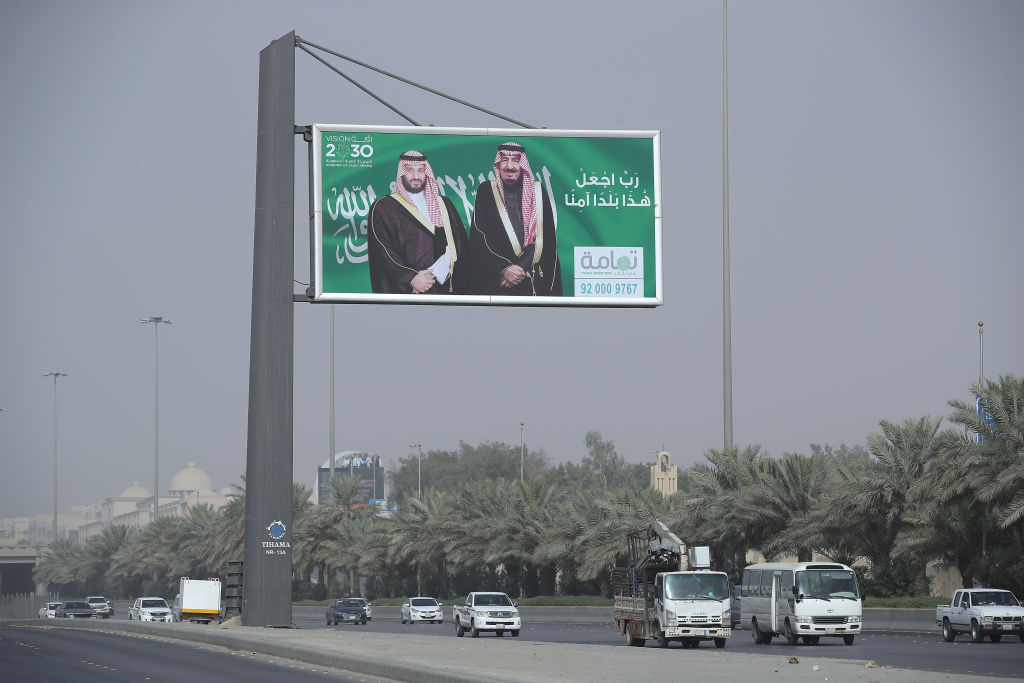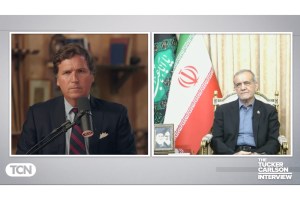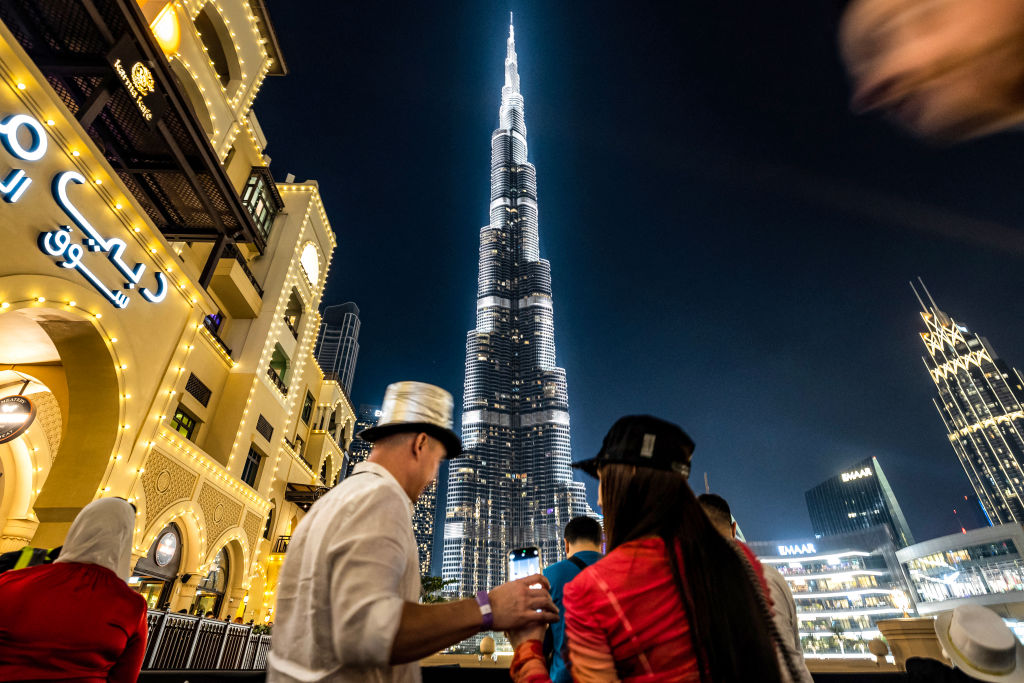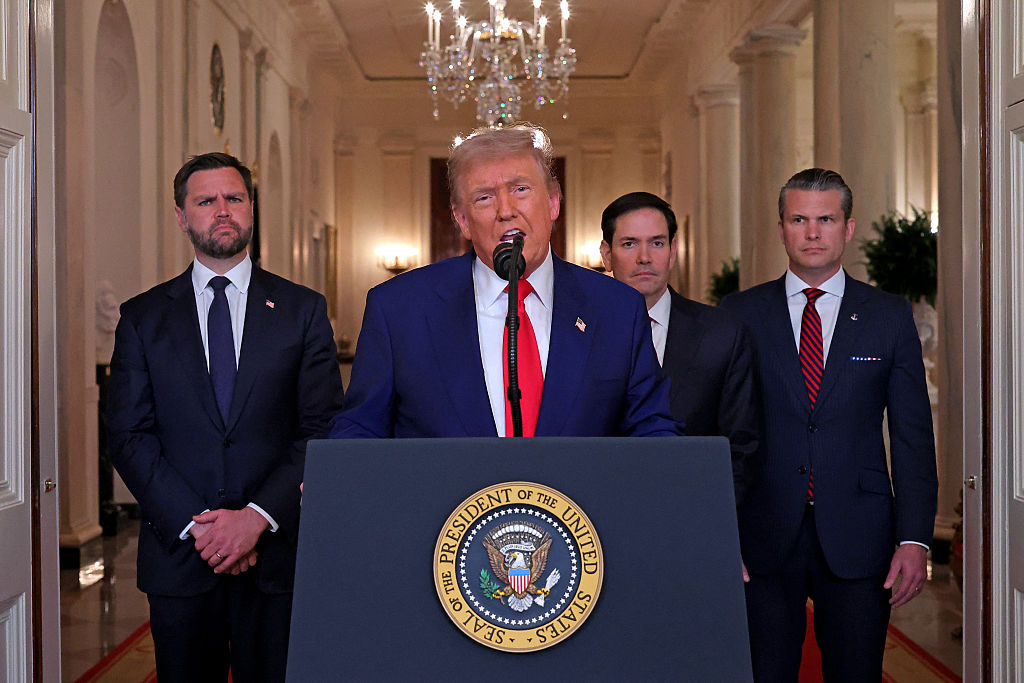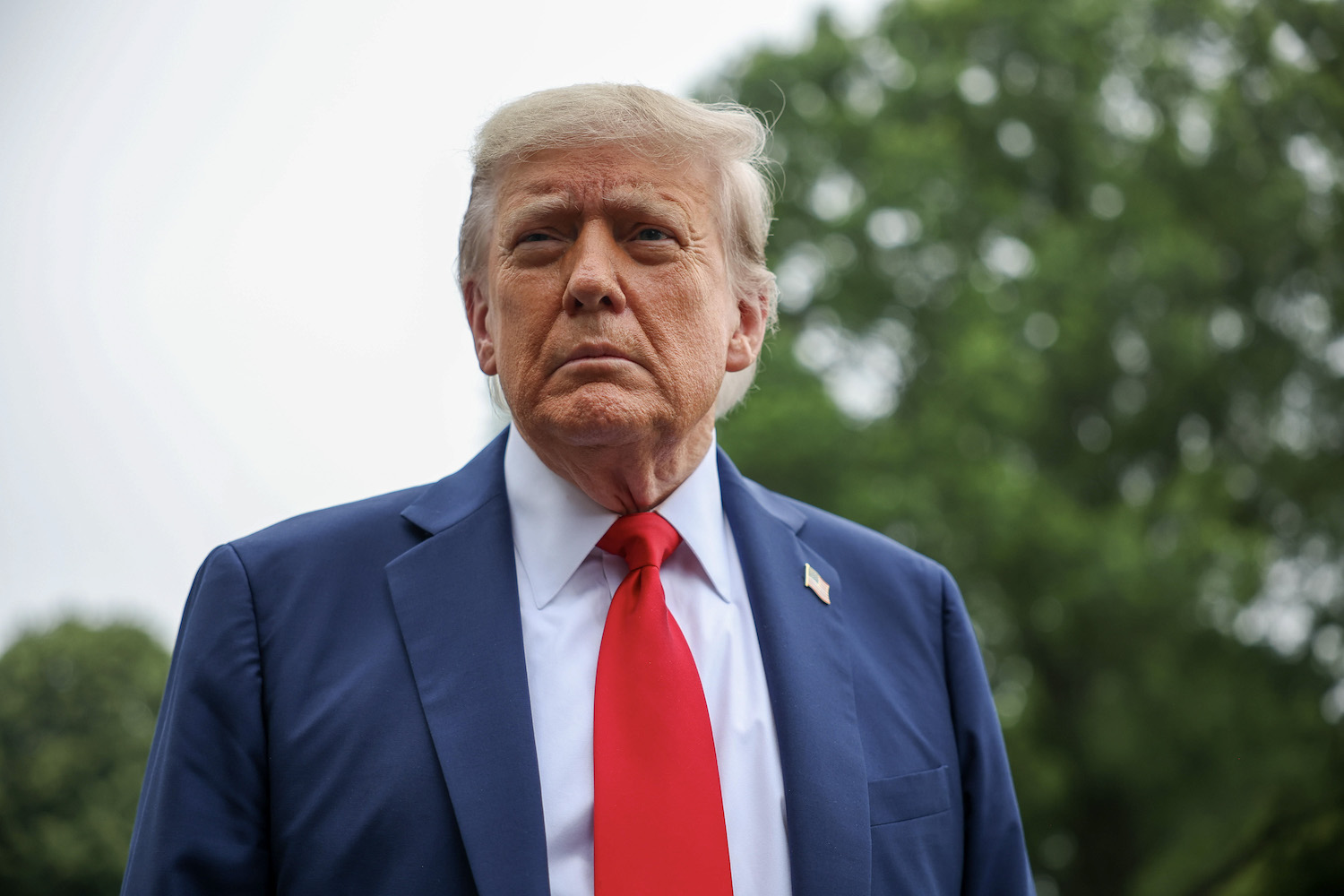There is an age-old dogma in the US foreign policy establishment: when America pulls back, chaos ensues. Like an anti-inflammatory that keeps arthritis under control, Washington’s presence in this or that region keeps enemies cowed, partners reassured, and the barbarians at the gates.
Of course, just because an argument is popular doesn’t mean it’s accurate. There are several problems with the “America must be everywhere, at all times” line of thinking, the most poignant of which is that it turns the US military into an agency of global rent-a-cops. Primacy is a highly intensive foreign policy strategy with consequences large and small, from an overworked military and ballooning defense budgets to what my colleague Benjamin Denison calls “a form of self-entrapment,” where forward deployments to one region lead to bigger interventions in another. The 2011 NATO air campaign in Libya, for example, was easier to wage due to the constellation of US bases in Europe.
The “America or chaos” theory is also wrong on the merits. The US can, in fact, make critical choices about where to deploy its troops and devote diplomatic resources without having to worry about creating regional tremors. In fact, making those choices could even sow the seeds of stability.
Just look at the Middle East. A region seared into our collective memories as intensely violent and riven with irreconcilable fault lines is beginning to look like a region of diplomatic possibilities. Yes, tens of thousands of US troops remain stationed across several large bases in Qatar, the UAE, Jordan, and Turkey (not to mention smaller facilities in Iraq and Syria, where they are subjected to rocket fire from Shia militias). But the Biden administration has also downsized the region in terms of importance. Senior US emissaries like CIA director William Burns and White House Middle East coordinator Brett McGurk might be traveling to Saudi Arabia to foster a sense of decorum in US-Saudi relations. But Washington no longer seems interested in giving Saudi Crown Prince Mohammed Bin Salman (MBS) the luxury of leading the US on a leash.
If you buy into the primacy argument, the bad blood between Washington and Riyadh is having pernicious effects on Middle Eastern stability. Reality, though, tells a different story. The perception of American disengagement in the region isn’t spurring a wave of Mad Max-like destruction, but rather diplomacy amongst even the deepest of adversaries. Convinced Washington is putting the Middle East in its rear-view mirror, the leaders who actually live there are taking the initiative to make their own arrangements to protect their interests.
When the US was arming Saudi Arabia to the teeth and allowing Riyadh to dictate its Yemen policy, the kingdom had no incentive to deescalate or negotiate. Assured of American military and political support, the Saudis were comfortable pressing their advantage on the battlefield. But Riyadh can no longer take American support for granted. Biden’s decision to suspend offensive military sales to Saudi Arabia, one of the first significant foreign policy moves of his presidency, was a message to the royal family that it had better find a way out of the quagmire sooner rather than later.
Prince Mohammed appears to have gotten the message, even if he is dismissive of the Biden administration (when two journalists from the Atlantic asked whether he thought Biden misunderstood him, MBS retorted, “Simply, I do not care”). Riyadh signed a truce with the Houthis on April 1. Despite continued clashes on the ground, the deal is largely working as intended; not a single Saudi air strike was recorded in April 2022. While it’s possible the truce could break down as others have during the course of the conflict, it’s clear the Saudis want to find a way to end the seven-year war. It’s difficult to envision this sense of urgency if Washington was content to back the kingdom to the hilt.
Yemen isn’t the only place where diplomacy is making progress. Saudi Arabia and Iran, the region’s biggest rivals, have been engaging in bilateral negotiations for about a year. These two powers have spent decades competing with each other, often through proxies (look no further than Yemen, where Iran is using the Houthis to bleed the kingdom dry).
Although the talks won’t eliminate this geopolitical grudge-match, they hold the potential to at least stabilize the relationship. Iranian and Saudi officials concluded their fifth round of talks in Riyadh last month, with both sides trying to find a mutually acceptable arrangement on diplomatic representation in one another’s capitals. Much like the ongoing truce in Yemen, nobody can say whether the Iran-Saudi talks will end on a successful note. But it’s likely a less activist US helped nudge the Saudis toward exploring re-engagement.
The Washington foreign policy establishment equates American leadership with a heavy American presence. Recent developments in the Middle East are demonstrating the opposite — the less the US does, the more local stakeholders step up.



